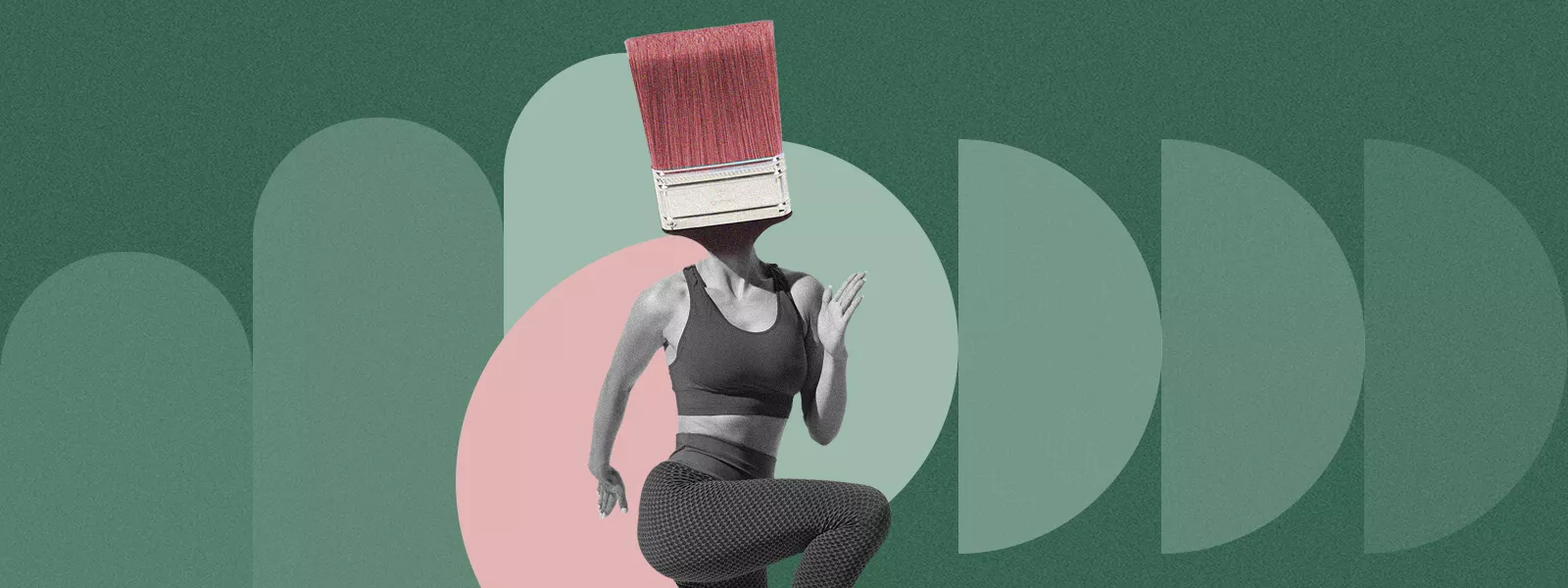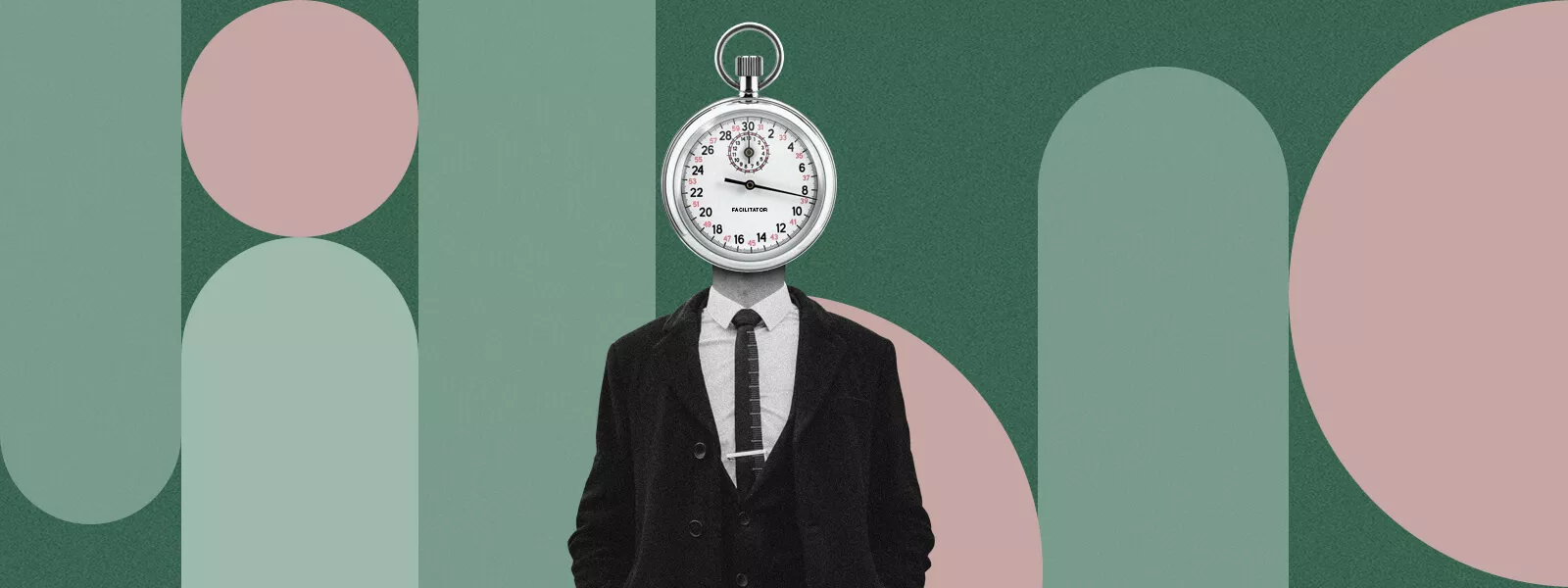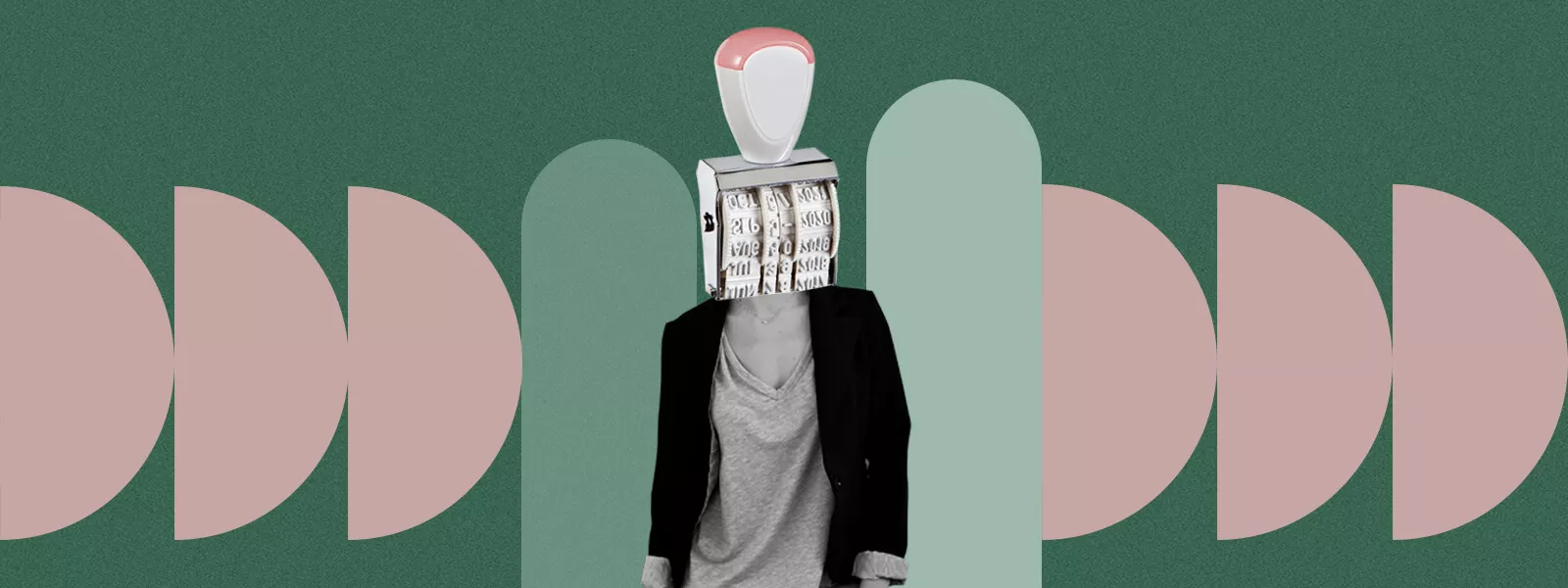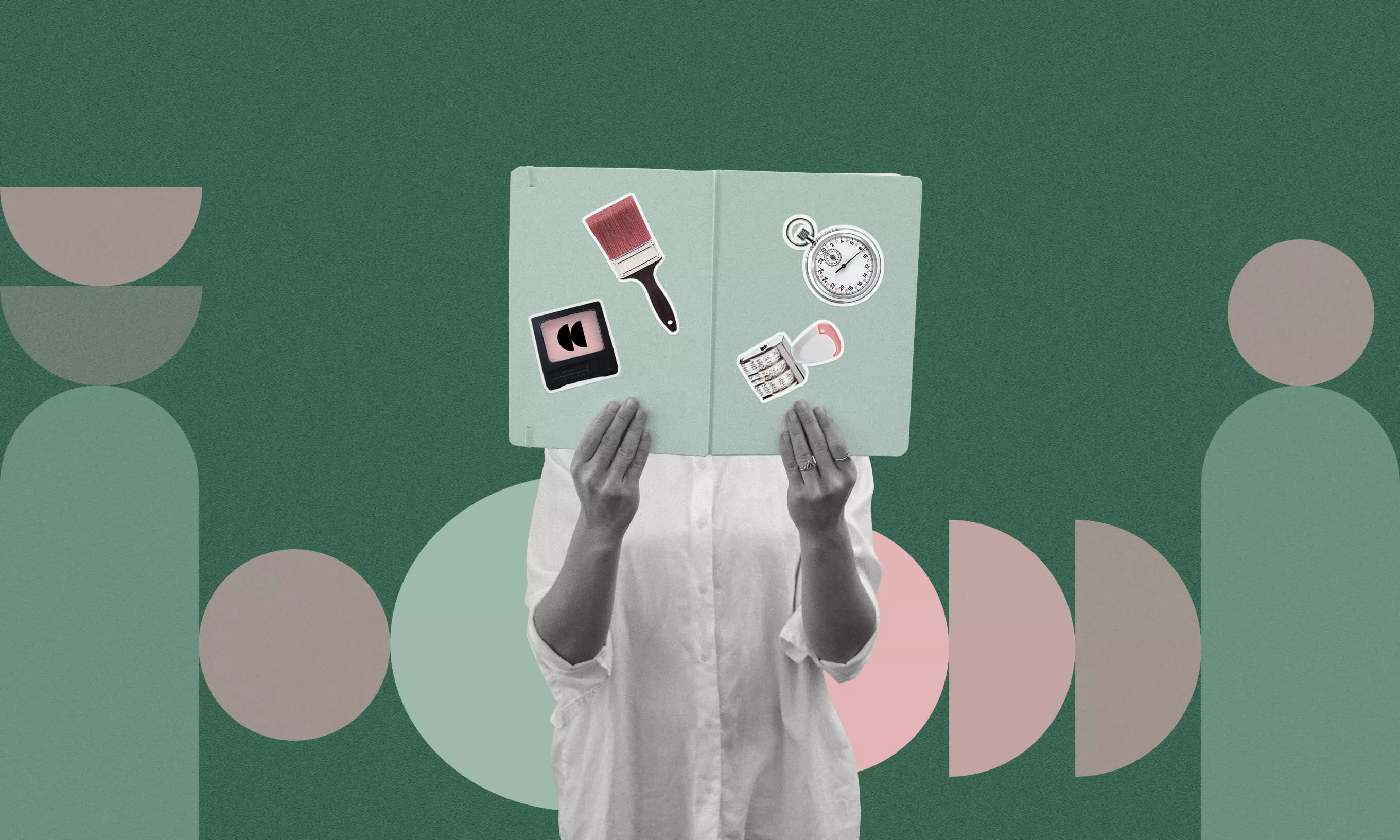Design sprint. Crazy 8’s. Flowchart. Ideation. If you’re a start-up founder or product owner, you’ve probably heard these words several times over when communicating with your digital transformation partner.
Every profession has its jargon. But if it’s not your profession, talking to design and product strategy professionals may feel like visiting Cambodia without an interpreter.
To help you feel less like a tourist in product discovery workshops, we’ve prepared a glossary of terms and buzzwords that usually come up during workshops.
We’ve facilitated dozens of product discovery workshops for clients from various industries, so you know you’re getting insight straight from the source.
Decision-maker
A person who breaks ties in voting, usually one with a vested interest in the project’s success and power over the budget.
- Usually, a product owner or someone from the management team (e.g., CEO)
- Should be present in all workshop sessions
- We advise picking one decision-maker that will hold that role throughout the discovery period
- Sometimes it’s ok to introduce a short-term decision-maker for exercises that are closer to their expertise
Basically, another way of saying that the boss has the final word.
Design sprint
Google-developed workshop framework for coming up with ideas and testing them in five days.
- A time-bound process including five phases that typically match five full 8-hour workshop days
- The goal of design sprints is to answer critical business questions through designing, prototyping, and testing ideas with users
- The first day of the sprint is dedicated to mapping. The plan is to set the long-term goal and find the audience
- On the second day, the ideas are materialized by sketching the potential solution (and yes, everyone can sketch!)
- The third day is dedicated to making the decision and combining the winning sketches into a storyboard
- On the fourth day a realistic prototype of the solutions in the storyboard is built
Google-developed workshop framework done by people who couldn’t get into Google.

Design thinking
Applying a user-focused approach typical for design to business problems.
- Five key stages: empathizing with customers, defining the problem, ideating a solution, prototyping the concept, and testing it with customers
- A way to create solutions that address a real user problem and are functional and affordable
- Instead of relying on economic theories and assumptions in general, it pushes organizations to actually talk to customers and test ideas early
- Testing ideas before going into full production avoids big and costly mistakes
- Especially good for testing more risky ideas that may reap huge benefits if successful
- Popularized by giants like Google and IDEO
A buzzword we know any Harvard-Business-Review-reading CEO will fall for.
Discovery
The first step of a design process that sets the project off in the right direction by understanding the business, user context, and requirements and creating the outline of the solution.
- Discovery is a structured set of activities (such as stakeholder interviews, workshops, usability testing, etc.)
- Both client and agency teams are present
- It begins with a thorough understanding of the industry, company, and users
- The following step is ideation on the potential solutions
- The desired result of the discovery phase is shaping your idea into a tangible output such as a prototype
- The main idea is data-informed reduction of uncertainty and finding a clear vision of the product worth building
- Other benefits include: putting project scope and goals on the roadmap, reduced cost, increased production speed, having realistic timelines, and reducing potential risks
Going through hoops and loops just to conclude your brief was spot-on from the beginning.
Double diamond
A structured design approach that helps you define the right problem and find the right solution.
- Suggests that every design process should consist of four stages: Discover, Define, Develop, and Deliver
- The starting point is discovering insights about the problems that the industry and the target users cope with
- The second stage is structuring the problem space and defining the area we want to focus on
- The third stage is developing the vision of the potential solution
- The fourth stage is delivering an elaborated and functional solution
- The visualization of the change between expanding and focusing the attention twice resembles a double diamond — and that’s where the fancy name comes from
If diamonds are forever, how long is double forever? That’s how long it sometimes takes to go through this process.
Expert review
A validation method in which a UX expert checks ideas and designs against a known benchmark (e.g. user story, customer insights, or heuristics) and provides suggestions for improvement.
- “UX expert” is someone who has a profound understanding and knowledge of cognitive psychology, usability principles, and human-computer interaction
- It always starts with having the end-user in mind
- Any workshop output can be reviewed, but mostly we are talking about reviewing user stories, wireframes, or prototypes
- Expert review output consists of a list of usability strengths, usability problems, severity ratings, and improvement recommendations
The judges panel on The Voice sending your idea home.
Facilitator
A person who creates the workshop agenda, moderates sessions, and ensures discussions are on point.
- Onboards the participants to the workshop board and the whole workshopping process
- Asks critical questions and makes sure the participants’ engagement remains at a good level
- Prompts participants to move forward when needed or pulls the brake if they are jumping to conclusions
- Must have an objective approach, high organizational skills, and a profound understanding of the business needs
A human stopwatch that interrupts any fun discussion.

Ideation
Set of structured activities and exercises to generate, develop, and communicate new (creative) ideas and solutions.
- Should always come after gathering insights about users, the market, and tech capabilities
- It happens through brainstorming, sketching, prototyping, worst idea ideation, etc.
- It’s best if we invite different stakeholders to the ideation sessions
- The aim is to step beyond the obvious solution by letting free-thinking reign
- Once you have a bunch of ideas, you can filter them out and pick the best ones
Remember scribbling in kindergarten? This is the same. You have an abstract idea in your head, and you put it on paper, but you’re still the only one who gets it.
Note-taker
A person who captures all ideas, comments, and feedback from workshop participants.
- Usually interchangeable with the facilitator role — they switch every couple of exercises
- Note-takers are never only note-takers, they also participate in the exercises
- After the sessions, they organize all the notes into documents that will be used as basis for building the product
Not the most glamourous role.
Research
A structured way of gathering insights from users, stakeholders, analytics, competitors, benchmark apps, and the design community.
- There’s always a clear research goal, e.g. “What problems do users have with our app?”
- It’s never good when an agency designs out of thin air based on assumptions
- May be very short (see how competitors solve a specific problem) or very long (learn what bugs users when interacting with your app)
- Deliverables may vary. From UX pain points to business goals or most commonly used design patterns in some industry
- Ensures your design is intuitive, addresses real user needs, and meets your business goals
You google stuff and put it on slides.
Retrospective
The meeting at the end of a project’s milestone to review and upgrade team spirit, processes, tools, and output.
- The team discusses what went well during the sprint, what problems they’ve encountered, and how these problems were tackled
- The goal of the retrospective is to implement improvements to the process ASAP
- Ensure everyone who took part in the sprint or some other activity has a chance to give feedback
- You can do a retrospective at the end of each project milestone
Everyone pats everyone on the back, or people vent out on each other. It’s usually an either-or scenario.

SME (Subject-Matter Expert)
An industry or domain expert who provides unique insights and feedback.
- Expert who knows all the ins and outs of the industry and has an idea about “how stuff works”
- Has an understanding of user behavior and what designs would work best for them
- Example: when building software for accounting, the SME would be an accountant
- Best used in the discovery phase — implementing changes based on their insights later on can be time- and money-consuming
- SME insights help with building user stories, feature lists or flowcharts
- Can be included in the form of a one-off interview, or stay on the project longer as part of the product team
Mumbles on and on about stuff only they understand.
Solutionizing
The lousy practice of going straight for the solution before your team fully understands user needs, business value, and tech limitations.
- Jumping to conclusions is a well-researched phenomenon in decision-making; people crave a solution and a decision because we hate uncertainty
- Quick solutions come at a cost. Fast decisions without understanding the problem are usually not optimal
- If you want to avoid it, you only have to be patient and survive the anxiety that comes with not knowing what comes next
- Be smart, and don’t underestimate the complexity of developing a successful digital product
- C-suite stakeholders are especially prone to this. Their reports will probably follow HIPPO (highest-paid person’s opinion) when discussing a problem
Be the solution should remain reserved for environmental issues and pet overpopulation.
Stakeholder
Anyone in the client organization who will be affected by or has an interest in the product being built.
- Provides insights into organizational goals and potential project bottlenecks
- Steers the project to align it with the company strategy
- Someone from the management, design, tech, or project teams gets involved to achieve organizational buy-in
- Mapped out by their level of decision-making power and involvement. This helps to define the core team and streamline approvals during the process
- During workshops, all stakeholders need to be vocal, active, and ready to hear others’ perspectives
Highly opinioned higher-ups who can always cut off the project budget.
Validation
Testing whether users and customers find your app, web, or specific feature valuable.
- Throughout every project, we make a lot of decisions regarding design, copy, user flow, and product structure
- If you want to build a product that someone will actually use, you have to test your major decisions with the end-users
- The most common and potent way of validation is a method called usability testing – a combination of interviewing and observing the way your users interact with the product you are building
A few random customers judge the work of dozens of design and business experts.

Workshop
A set of structured group exercises to solve a design (or business) problem.
- The goal is to define business goals, core functionalities, technology, look & feel, user personas, their needs, and journeys
- There’s a driver, host, or facilitator who ensures things move along
- There’s an agenda of activities or exercises set by the facilitator
- Everyone should contribute to a workshop. If someone doesn’t have anything to add, they’re probably not a good fit for a participant
- A (digital) whiteboard that serves as a space for insights and ideas everyone can see
Like going to a really good conference, but with no alcohol.
If you’re a start-up founder or a product owner interested in doing a product discovery workshop, take advantage of consulting with one of our digital strategists.











